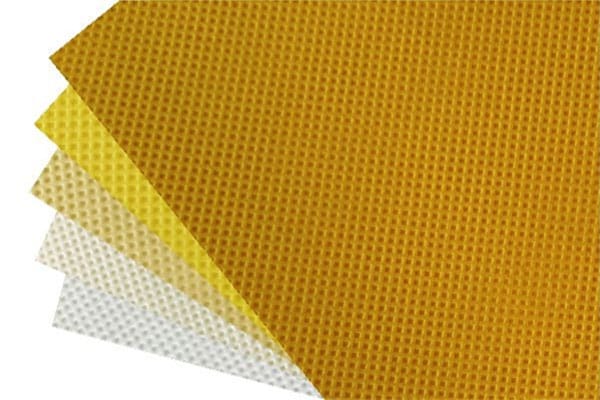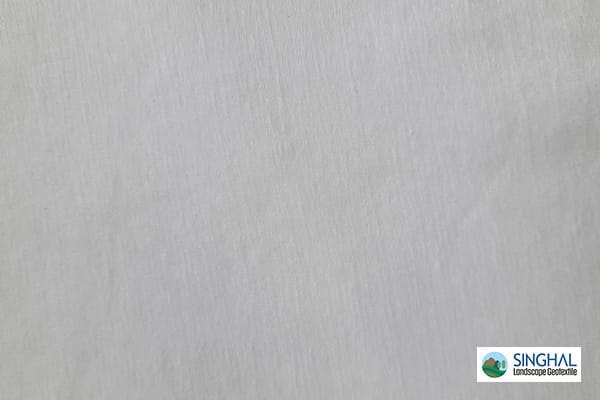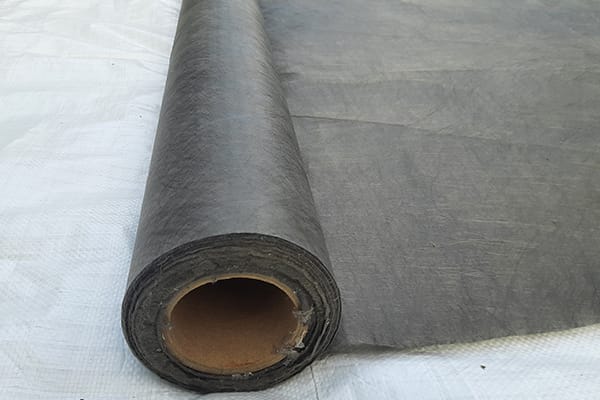Packaging Non Woven Fabric Manufacturer
Non Woven Fabric For Packaging are popular in packaging for their durability, flexibility, and cost-effectiveness. They are also an environmentally friendly choice. These fabrics are versatile, finding use in packaging solutions like reusable bags, protective wraps, and insulation. They deliver both practical protection and enhance the visual appeal of packaged goods.
Singhal Landscape Geotextile – Leading manufacturer of high-quality nonwoven fabrics for the packaging industry. We are known for our durable, flexible, and eco-friendly solutions. Committed to innovation and sustainability, we provide cost-effective materials that meet diverse packaging needs. For premium Quality Non-Woven Fabric for Packaging in bulk, Contact us today!
Common Applications
Reusable Shopping Bags
Nonwoven fabrics make durable, washable, and often recycled eco-friendly shopping bags.
Protective Wraps and Cushioning
Nonwoven fabrics are used to wrap delicate items like glassware, electronics, and ceramics to protect against scratches, dust, and minor impacts during transport.
Food Packaging
Nonwoven fabrics keep food fresh in packaging due to their breathability.
Insulated Packaging
Laminated nonwoven fabrics with insulating layers are used in packaging for temperature-sensitive products, such as pharmaceuticals, cosmetics, and food.
Padded Envelopes and Mailers
Nonwoven fabrics are used in padded envelopes to provide lightweight cushioning and prevent damage to small items during shipping.
Agricultural Packaging
Nonwovens are used for packaging agricultural products, including plant seedlings and produce, to provide breathable, moisture-resistant protection.
Dust Covers:
Non-woven fabrics are widely used as dust covers due to their versatility, durability, and protective properties. These covers are designed to shield various items from dust, dirt, and other environmental contaminants.
Furniture Packing:
Nonwoven fabrics protect furniture in packaging, offering cost-effective and eco-friendly benefits. Cushioning, moisture, dust, and scratch protection for furniture shipping and storage.
Medical Supplies and Equipment:
Nonwoven fabrics are used in medical packaging for their durability, flexibility, hygiene, and sterility. These fabrics meet stringent healthcare standards, ensuring the safe and clean delivery of medical products. Below are the key applications of nonwoven fabrics in the packaging of medical supplies and equipment.
Key Benefits of Non Woven Fabric For Packaging
Noise Reduction:
Nonwoven fabrics effectively absorb and dissipate sound waves, significantly reducing the noise inside the vehicle. This makes for a quieter and more comfortable cabin experience.
Vibration Dampening:
These materials reduce vehicle vibrations, improving comfort and durability.
Durability and Strength
Nonwovens are strong and tear-resistant, ideal for tough packaging like reusable bags.
Lightweight
They are lighter than traditional woven fabrics, reducing overall shipping weight and costs without compromising durability.
Cost-Effective
Nonwovens are often more economical to produce than traditional fabrics, allowing manufacturers to offer cost-effective packaging solutions.
Eco-Friendly and Recyclable
Many nonwoven packaging materials are made from recyclable or biodegradable materials, supporting sustainable packaging initiatives and reducing environmental impact.
Customizable
Nonwoven fabrics can be easily customized in terms of color, thickness, and finishing, allowing for branding opportunities in packaging.
Breathability and Moisture Resistance
Non Woven Fabric For Packaging offer excellent moisture resistance, which is particularly beneficial for food and agricultural packaging applications. Some nonwovens are also breathable, helping to prevent condensation and mold.
Specifications of Non Woven Fabric For Packaging
Weight (GSM)
10–30 GSM: Lightweight, suitable for wrapping and protective covers.
30–80 GSM: Medium-weight, commonly used for reusable shopping bags and padded envelopes.
80–150 GSM: Heavier nonwoven fabrics for applications requiring more durability, such as insulated packaging and agricultural bags.
Colour:
Gray & Custom as per requirement
Width:
1.6, 3.2 or as per request
Length:
as per requirement
Packaging Type:
Roll From
FAQ About Non Woven Fabric For Packaging
Nonwoven fabric is a material made by bonding fibers together rather than weaving or knitting them. It’s lightweight, strong, and flexible, which makes it ideal for packaging. Nonwoven fabrics are widely used in packaging because they provide durability, breathability, moisture resistance, and cost-effectiveness. They can be used for various packaging applications, including reusable bags, protective wraps, and insulation.
Yes, nonwoven fabrics are used in food packaging, particularly for fruits, vegetables, and bakery products. Breathable, moisture-resistant fabrics keep produce fresh and protected.
Yes, many nonwoven fabrics, especially those made from polypropylene (PP) and polyester (PET), are recyclable. After use, they can often be processed and repurposed into new materials, reducing environmental waste. Some nonwoven packaging materials are also designed to be biodegradable or compostable, providing further sustainability options.
Nonwoven packaging fabrics can be eco-friendly, especially when they are made from recyclable or biodegradable materials. Reusable nonwoven bags, for example, reduce the need for single-use plastic bags. Additionally, manufacturers produce nonwoven fabrics with recycled content, which further reduces their environmental footprint.
Nonwoven fabrics are ideal for reusable packaging bags because they are lightweight, durable, and easy to clean. These bags can be used multiple times, reducing waste from single-use bags. Nonwoven bags are also customizable, allowing businesses to brand them with logos and designs.
Nonwoven fabrics are highly durable, with tear resistance and strong tensile strength. Nonwoven packaging durability depends on material, weight, and bonding, enabling reuse for bags and protection.
Yes, nonwoven fabrics are highly customizable. They can be printed with logos, colors, and designs, making them ideal for branded packaging, shopping bags, and promotional items. This flexibility allows businesses to create visually appealing and unique packaging that reinforces brand identity.
Yes, nonwoven fabrics can be treated with anti-static coatings, making them suitable for packaging electronic items. Anti-static treatment helps prevent static discharge that could damage sensitive electronic components. These fabrics also provide cushioning and protection against physical damage.
Lightweight and durable, it cuts shipping and packaging costs through reusability. Additionally, nonwoven production is often more economical, allowing for high-quality packaging at a lower cost.







